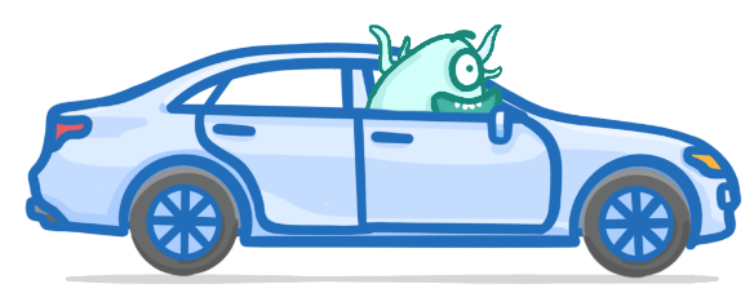Energy Resources Introduction
This lesson covers:
- An introduction to the main energy resources we rely on (we'll look at each of them in more detail over the next few subtopics)
- The difference between renewable and non-renewable energy resources
- Some of the uses of energy, such as for transport, electricity generation, and heating
All energy resources fall into one of two categories:
They are either renewable or non-renewable.

The main renewable energy resources are:
- W
- Solar
- Geo
- Water waves
- B
- Hydro
- Tidal
|
Some of the main non-renewable energy resources are:
- F fuels - resources such as coal, crude , and natural
- Nuclear energy
|
Which type of energy resource provides the majority of our electricity?
Non-renewable energy resources
Renewable energy resources
|
Which of the following are fossil fuels?
(Select all that apply)
Natural gas
Geothermal
Nuclear
Coal
|
Which of the energy resources below is the most widely used for heating homes in the UK?
Clue: It is usually pumped into our homes and burned in boilers to heat water. That hot water can then be pumped around the house into radiators.
Natural gas
Geothermal
Tidal
Coal
|
Transport |
 |
Vehicles like cars mostly run on p or d, both of which are found in crude . However, e cars are becoming more common, which is great as electricity can be generated from energy resources.
|
|
Explain the difference between renewable and non-renewable energy resources. Use an example for each.
|
Which of the following can be mixed with petrol to make it more environmentally friendly?
Water
Biofuel
Natural gas
|